As indoor growers, we both know maintaining the right humidity level in the grow tent is crucial for plant growth. Excess humidity in a grow tent can lead to mold, mildew, and other issues that can harm herb plants. Once the grow tent humidity crosses the borderline that your plants can handle, how to lower humidity in the grow tent becomes an issue. In this article, we will explore effective methods to lower humidity in a grow tent, including both using a dehumidifier and not using it.
Table of Contents
What’s the Ideal Grow Tent Temp & Humidity
Before anything else, it’s essential to know what’s the best grow tent temp and humidity level for your plants. For different stages of plant growth, the preference differs as well. To save you time, we prepared a grow room temp and humidity chart that illustrates the ideal metric for each stage.

The Ideal Grow Tent Temp & Humidity for Each Stage
What will happen once the humidity goes beyond the suggested level? Possibly, you’ll encounter the following situations:
- Mold and Mildew Growth: Excess moisture in the air creates a favorable environment for mold and mildew. These fungi can spread throughout your grow tent, damaging plants, and creating moldy plants.
- Pest Infestations: High humidity can attract pests such as spider mites, fungus gnats, and whiteflies. These pests thrive in humid conditions and can quickly infest your plants, causing damage and inhibiting growth.
- Reduced Nutrient Uptake: High humidity can affect the plant's ability to absorb nutrients effectively. It can lead to Cal-Mag deficiency, stunted growth, and overall weaker plants.
- Root Rot: Excessive grow tent humidity can saturate the growing medium, leading to poor oxygenation and root rot.
- Flowering Issues: High humidity during the flowering stage can hinder proper pollination and the development of healthy flowers. It may lead to poor yields, malformed buds, or decreased potency.
Bet you don’t want to experience any of these, so, how to lower humidity in grow tent?
Lowering Humidity in a Grow Tent with Dehumidifier
Frankly speaking, the most effective and effortless way to reduce humidity in the grow tent is using a dehumidifier. After almost a year of research and preparation, we finally launched our dehumidifier for grow tent, the Spider Farmer 32 Pint Dehumidifier with Drain Hose for Grow Tent. We are proud to say it’s the best dehumidifier for grow room in the market, why?
To start with, Spider Farmer dehumidifier includes a specially designed air duct that allows the unit to be placed outside the grow tent. This design prevents the heat generated by the dehumidifier from affecting the tent’s temperature and humidity. Additionally, it frees up valuable space within the grow room.
What’s more, the Spider Farmer 32 Pint Compressor Dehumidifier is versatile for various grow tent sizes ranging from 2x2 to 5x5 feet. It outperforms semiconductor dehumidifiers with its advanced compressor technology, offering superior dehumidification capacity, higher energy efficiency, and reliable operation in all seasons, including winter.
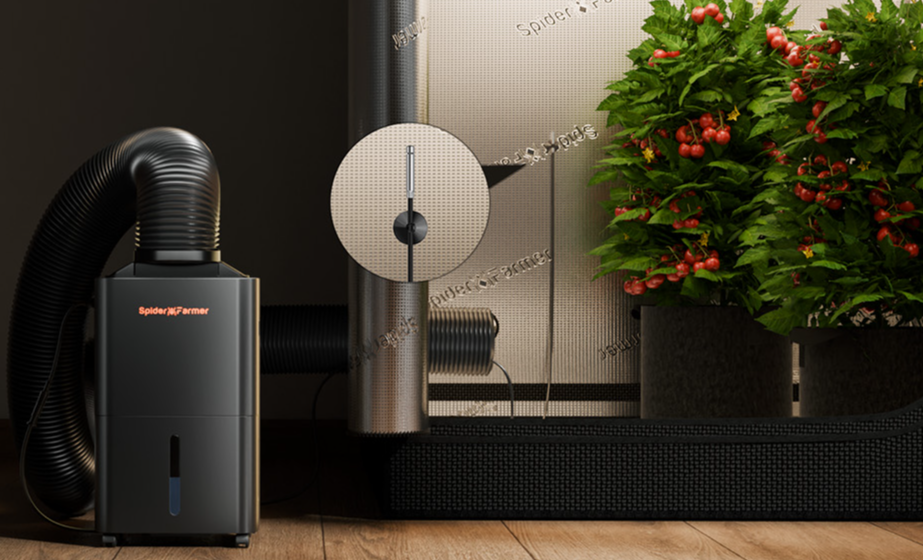
Spider Farmer 32 Pint Compressor Dehumidifier
Want to explore this dehumidifier more? Check our full explanation here: Best Dehumidifier for Grow Tent & Small Grow Room
How to Lower Humidity in Grow Tent without Dehumidifier
On the other side, we fully understand that if you don’t want to invest in a dehumidifier for grow tent. After all, there are other ways to lower humidity in grow tent without spending too much. Let’s see how to lower humidity in grow tent without dehumidifier.
Stop Overwatering Your Plants
To decrease humidity levels in your grow tent, it is quite important to avoid overwatering your plants. Overwatering leads to an excess of water, which can elevate humidity levels beyond the appropriate range. Additionally, saturated soil can result in extra water in seed starting trays, further contributing to increased humidity levels. To avoid overwatering your plants, simply water according to plant needs, not a schedule.
Check the Plant Density to Improve Ventilation
Plant density has a significant impact on the humidity levels in your grow tent. As plants release carbon dioxide, the temperature within the tent rises, leading to moisture buildup and increased grow tent humidity. You may want to reduce the number of plants for proper air circulation and carbon dioxide distribution. If removing plants is not an option, consider relocating only those with large leaves.
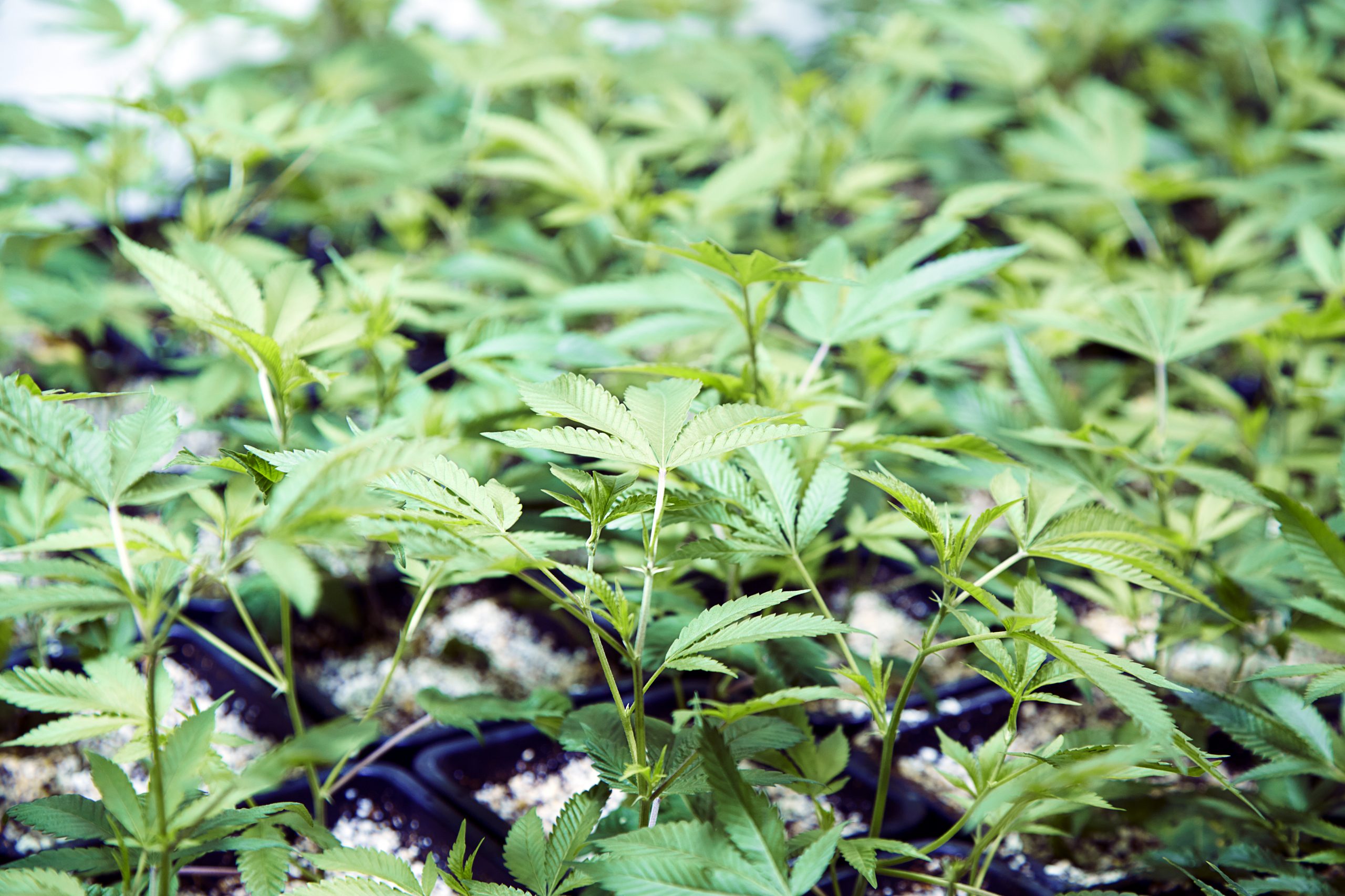
Check the Plant Density to Improve Ventilation
Remove Stagnant Water
You may not realize, but stagnant water on the ground can contribute to excessive humidity. What’s worse, when water remains stagnant, molecular oxygen is reduced, providing an environment for bacteria to thrive. By removing still water, you can not only lower humidity in grow tent but also prevent bacteria from growing.
Enhance Ventilation with Inline Fans
Improving ventilation by adding inline fans is an effective way to increase airflow in your grow tent and lower humidity. By facilitating airflow, inline fans assist in regulating temperature and humidity levels. They can help remove excess heat and moisture from the grow tent, preventing heat stress and promoting optimal growth.
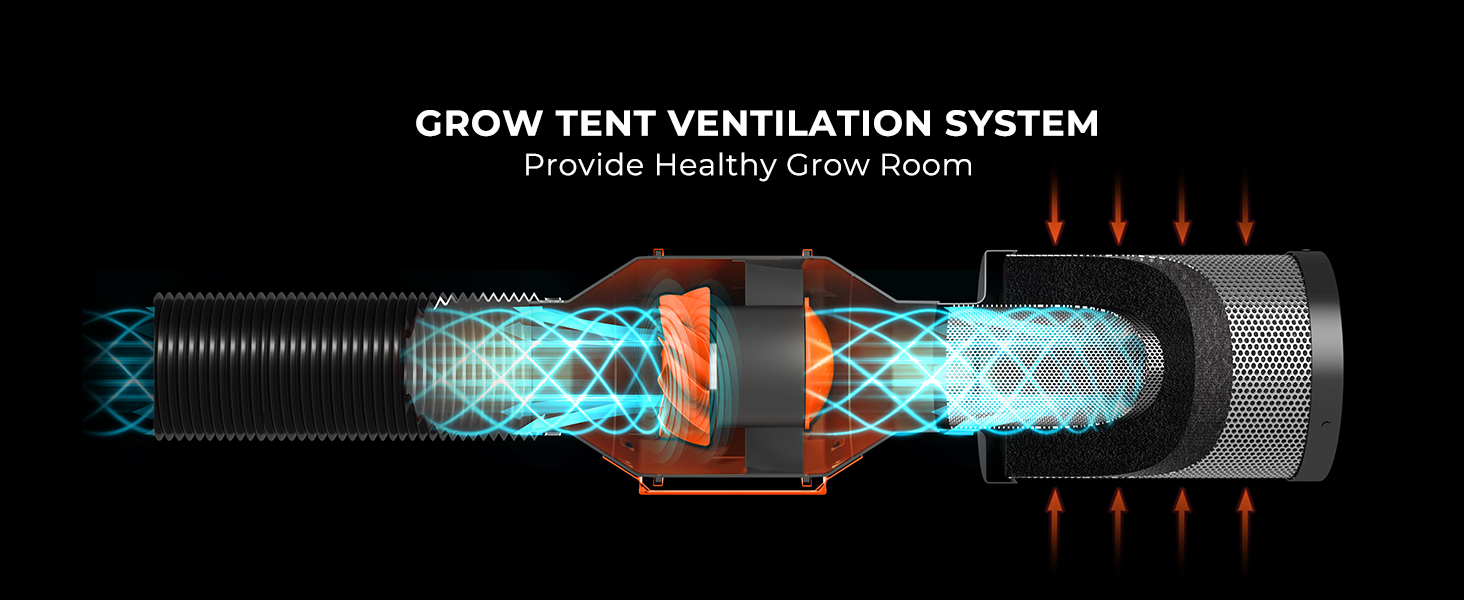
Enhance Ventilation with Inline Fans
Don’t know what to choose? Check the Spider Farmer ventilation systems!
2025 New Spider Farmer® 4″ Inline Fan 205 CFM with GGS Controller Ventilation System for Indoor Grow
- Four operating modes can be selected
- Set start & stop times
- Set running & standby speeds
- CO2 device On/Off control
2025 New Spider Farmer®4″ Inline Fan for Indoor Grow 205CFM with GGS Controller, Carbon Filter & Ducting Combo
- Four operating modes can be selected
- Set start & stop times
- Set running & standby speeds
- CO2 device On/Off control
2025 New Spider Farmer®6″ Inline Fan with GGS Controller 402 CFM Ventilation System for Grow Tents
- Four operating modes can be selected
- Set start & stop times
- Set running & standby speeds
- CO2 device On/Off control
2025 New Spider Farmer®6” Inline Fan Kits 402CFM with GGS Controller Carbon Filter & Ducting Combo Grow Tent Ventilation System
- Four operating modes can be selected
- Set start & stop times
- Set running & standby speeds
- CO2 device On/Off control
Alternatively, you can open a window to facilitate the removal of moisture from the grow tent, but you should ensure that the intake air has lower relative humidity than the air inside the tent.
Create Air Holes
Regulating the flow of air by creating wider holes in your grow tent also helps to decrease humidity. This technique allows for increased air intake compared to air outflow. However, it is essential to be cautious and prevent unwanted light leaks from entering the tent.
Consider Using an Air Conditioner
Using an air conditioner in your grow tent helps cool the air and effectively lowers humidity levels. The compression and gas processes of an air conditioner remove heat from the air, resulting in condensation and moisture removal.
Insulate and Seal Your Grow Tent
Proper insulation and sealing of your grow tent can aid in controlling humidity. Why? Using foam insulation helps create a barrier between the outside environment and the tent to prevent external factors from affecting the humidity levels inside. Insulating and sealing the tent properly ensures a more controlled environment for your plants.
Choose Grow Lights Wisely
The choice of grow lights can impact the temperature inside the grow tent and, consequently, the humidity levels. Opt for LED grow lights that are proven to emit less heat to avoid raising the temperature excessively. If the grow tent becomes warm, consider turning off the lights temporarily to allow for a temperature drop.
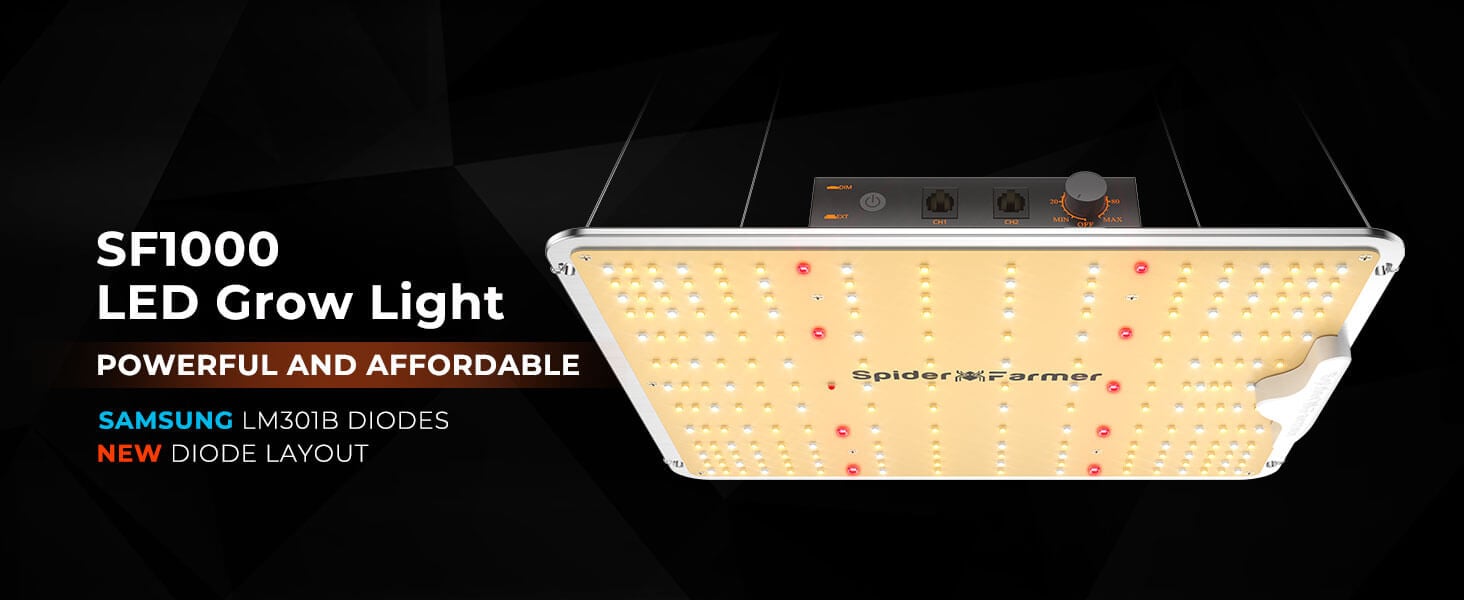
The Spider Farmer SF1000 is an exceptional LED grow light that stands out for its low heat emission and energy-saving features. Designed specifically for indoor gardening, this full-spectrum LED grow light utilizes advanced cooling mechanisms and heat sinks to dissipate heat effectively, keeping the temperature at optimal levels for plant growth. Therefore, you won’t have to worry about triggering excessive humidity in the grow tent when applying Spider Farmer SF1000.
Utilize Absorbent Soil
The type of soil you use can play a role in reducing humidity levels in the grow tent. Choose soil that has good water retention properties, such as sandy soil. Sandy soil minimizes evaporation rates and surface water accumulation. Alternatively, you can incorporate soil amendments like perlite. Another option is using lime or baking soda, which can provide similar benefits to sandy soil.
Consider Defoliating Your Plants
If you notice high humidity levels in your grow tent, particularly caused by plants with large leaves, consider defoliating some of the leaves. This budget-friendly technique helps prevent humidity from exceeding the recommended levels and allows for better airflow within the tent.
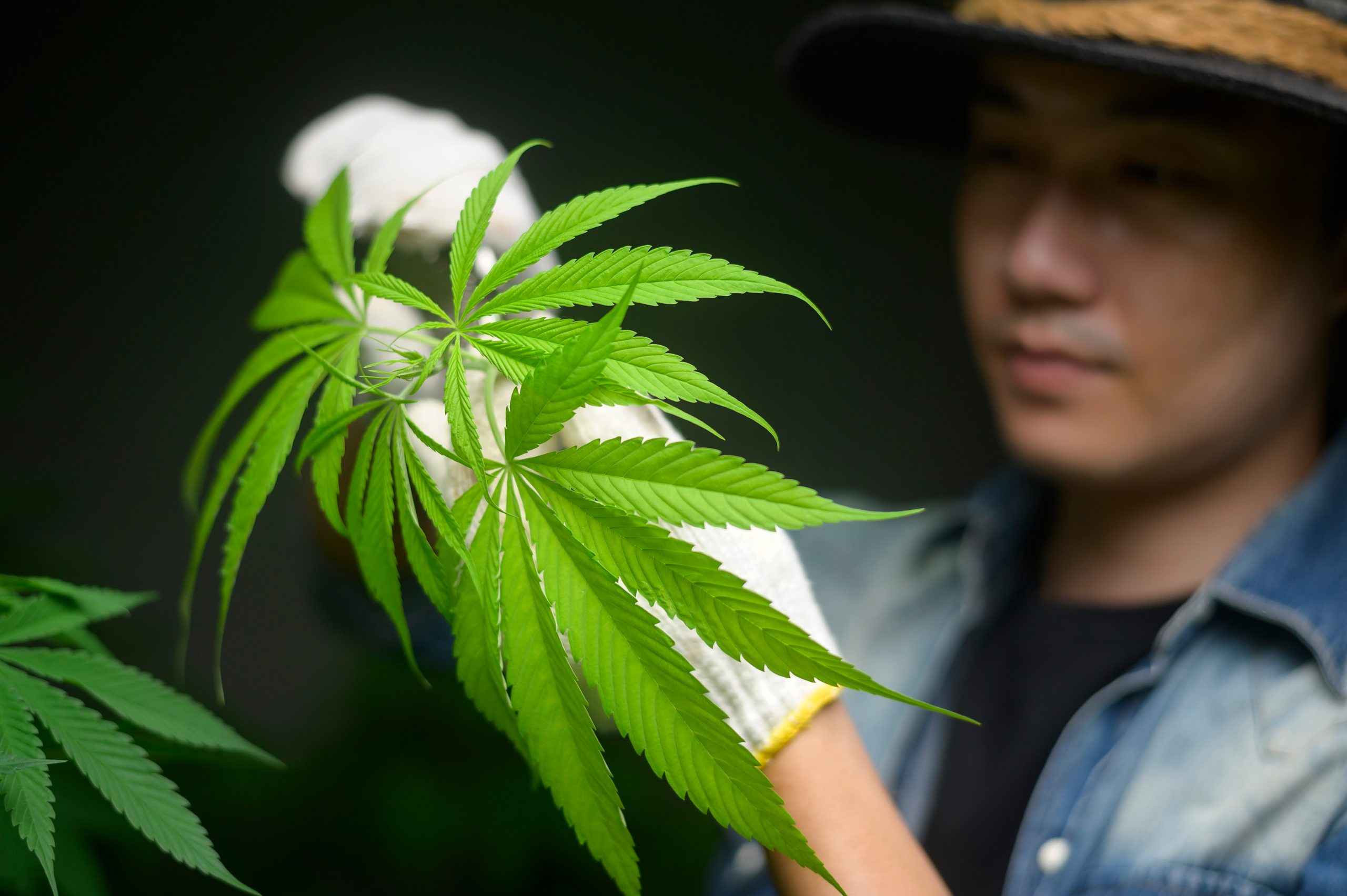
FAQs about How to Lower Humidity in Grow Tent
- Do grow lights lower humidity?
No, grow lights themselves do not directly lower humidity in a grow tent. However, they can indirectly affect humidity levels. Grow lights generate heat, and if the heat is not properly managed, it can increase the temperature in the grow tent, potentially leading to higher humidity.
- What is the ideal humidity in a grow tent?
The ideal humidity in a grow tent depends on the specific stage of plant growth. Generally, during the vegetative stage, a humidity range of 45% to 55% is recommended. In the flowering stage, it is advisable to lower the humidity to around 35% to 45% to prevent issues such as mold or bud rot.
- Is 60% humidity OK in a grow tent?
A humidity level of 60% in a grow tent can be acceptable, particularly during the vegetative stage of plant growth. This level of humidity will help to promote healthy leaf development and nutrient uptake. However, it's essential to monitor the specific needs of your plants, as some may thrive at slightly lower or higher humidity levels. During the flowering stage, lower humidity (around 40-50%) is often preferred as this will prevent mold and mildew growth. Therefore, while 60% humidity is generally fine, it's crucial to adjust it based on the growth phase and the specific requirements of the plants you're cultivating.
- Is 70% humidity too high for plants?
The 70% humidity is too high for many plants, especially during the flowering stage when the risk of mold and mildew increases significantly. While some plants, particularly tropical species, may thrive in higher humidity, most plants benefit from a range of 40-60%. Excessively high humidity can hinder transpiration, leading to stress and potential issues like root rot or fungal infections. Therefore, it's essential to monitor the specific needs of your plants and adjust humidity levels accordingly to ensure optimal growth and health.
- Will mold grow at 70 humidity?
Mold can grow at 70% humidity, as this level of moisture in the air provides a conducive environment for mold spores to thrive. Mold typically requires a relative humidity of 60% or higher to grow, and at 70% humidity, the conditions are favorable for both mold growth and reproduction. To prevent mold development, it's essential to maintain indoor humidity levels below 60%, ensure proper ventilation, and address any water leaks or dampness promptly.
- Do fans help with humidity in the grow tent?
Yes, fans can help with humidity control in a grow tent. Fans create air movement and promote airflow, which helps to prevent stagnant air and reduce humidity. The increased airflow helps to disperse moisture and prevent it from accumulating in the grow tent. Additionally, fans can aid in maintaining a more consistent temperature throughout the growing area, which indirectly contributes to managing humidity levels.
- How do I lower the humidity in my habitat?
To lower humidity in a habitat, such as a grow tent, several methods can be employed:
- Use a dehumidifier: A dehumidifier for grow tent is a device designed to remove excess moisture from the air. It can effectively reduce humidity levels in a controlled environment like a grow tent.
- Improve ventilation: Proper airflow and ventilation are crucial for humidity control. Increase the airflow by using fans or adding vents to facilitate the exchange of air, allowing moisture to escape.
- Avoid overwatering your herb plants: Overwatering can contribute to high humidity. Ensure plants receive the appropriate amount of water based on their needs to avoid excess moisture in the grow tent.
- Use humidity packs or desiccants: Humidity packs or desiccants can help absorb excess moisture in the air and maintain a more balanced humidity level.
- Monitor and adjust the temperature: Higher temperatures can increase humidity levels. Maintaining an optimal temperature range can aid in controlling humidity.
Wrap up
No need to stress the importance of a proper humidity level in your grow room. Overwatering, inadequate ventilation, and heat generated by grow lights can all contribute to high humidity levels. Fortunately, by implementing effective strategies such as using dehumidifiers, proper ventilation, and controlling watering practices, you can create an ideal environment for your plants.

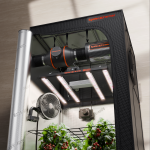
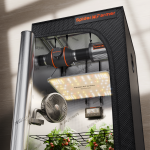
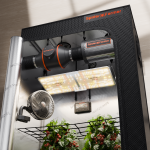
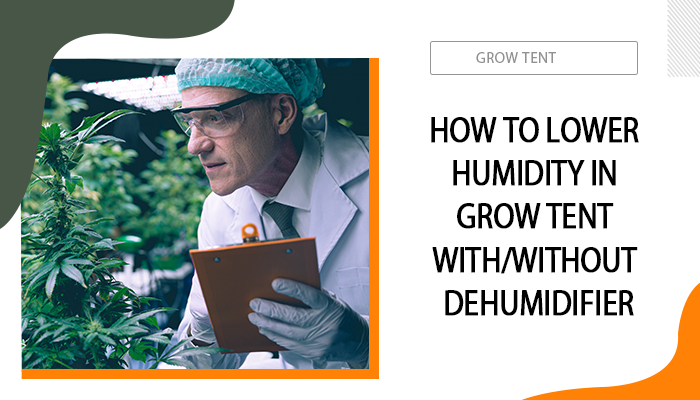
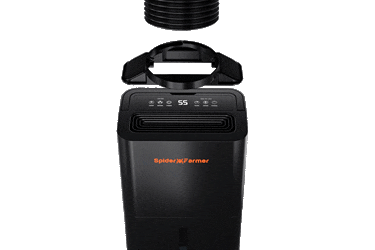
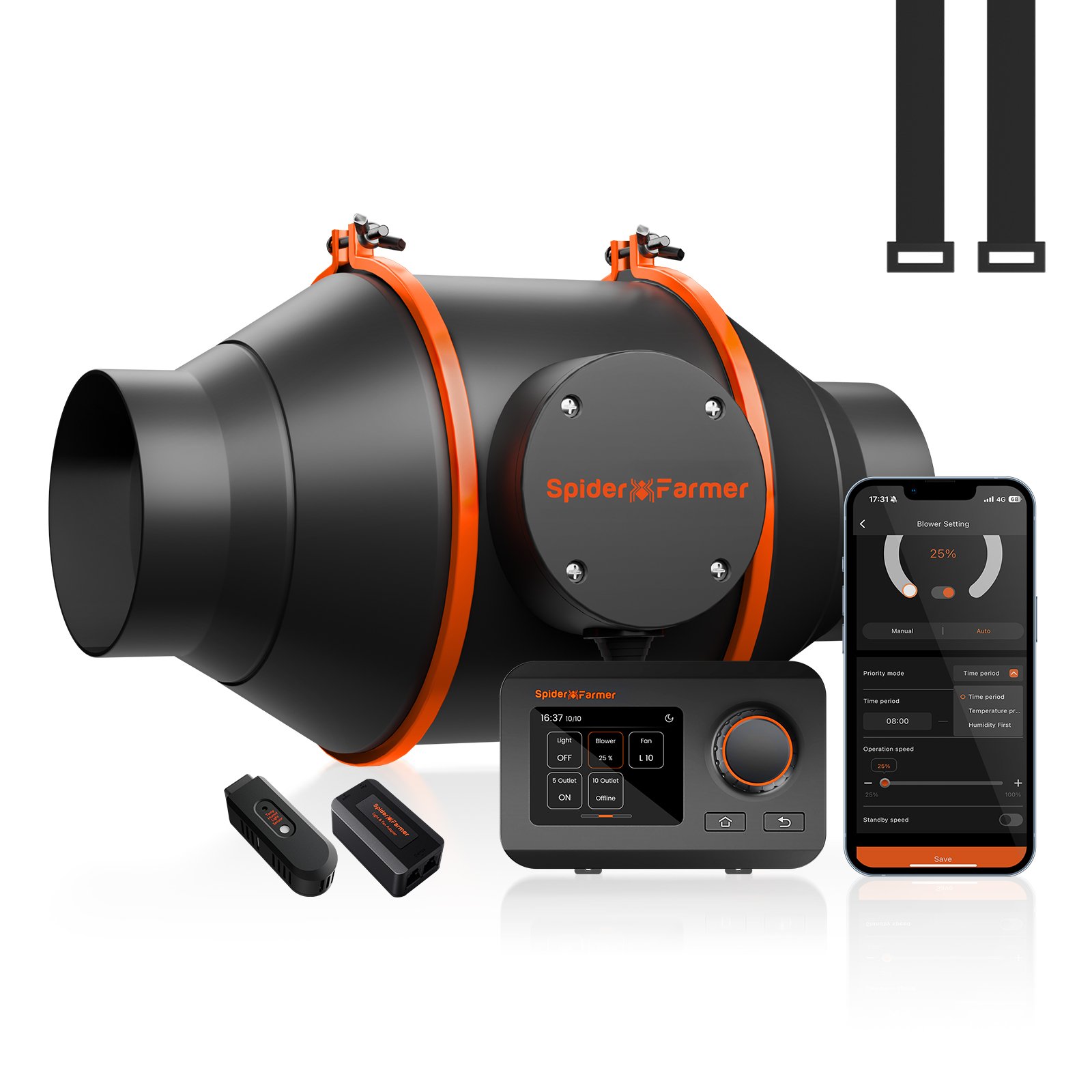
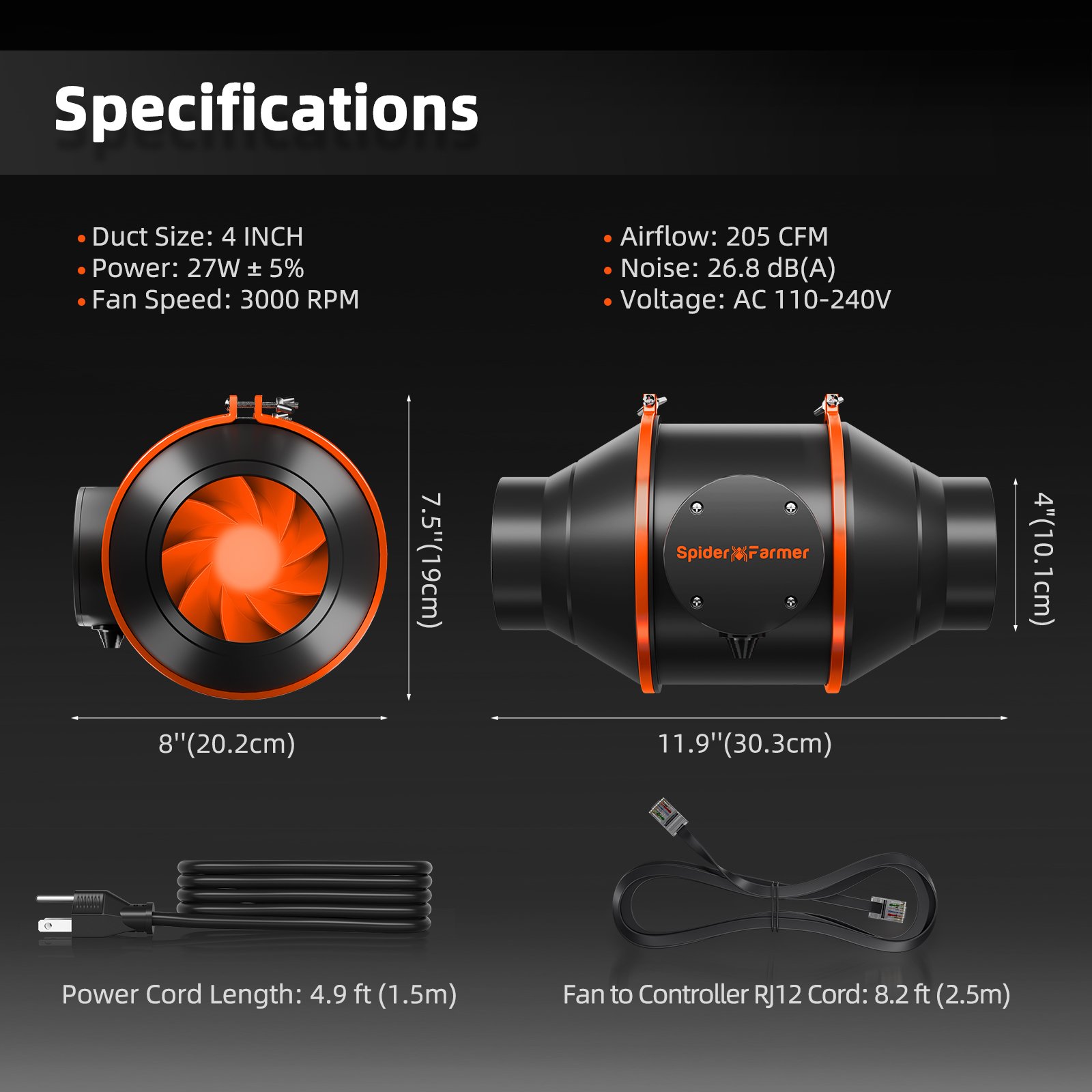
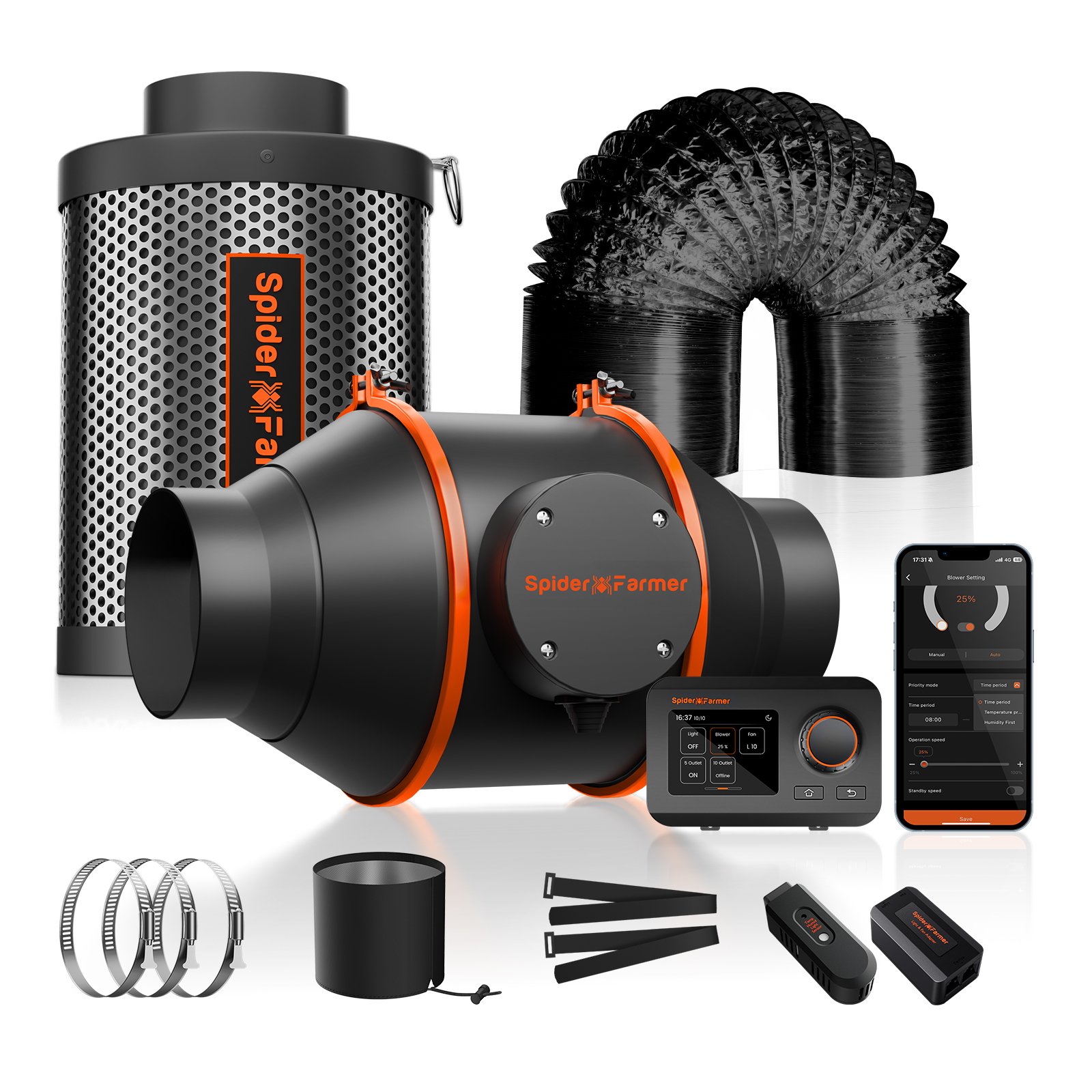
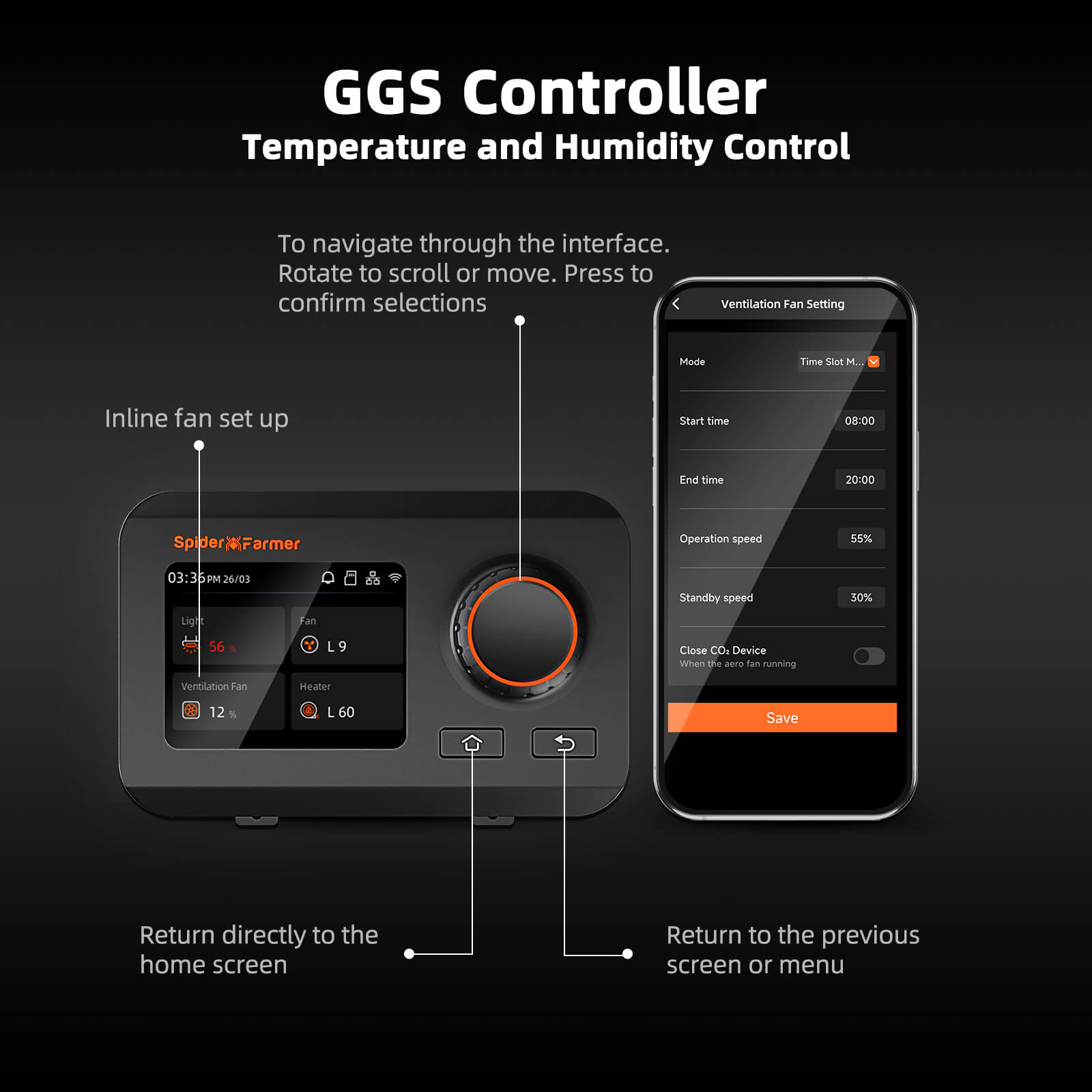

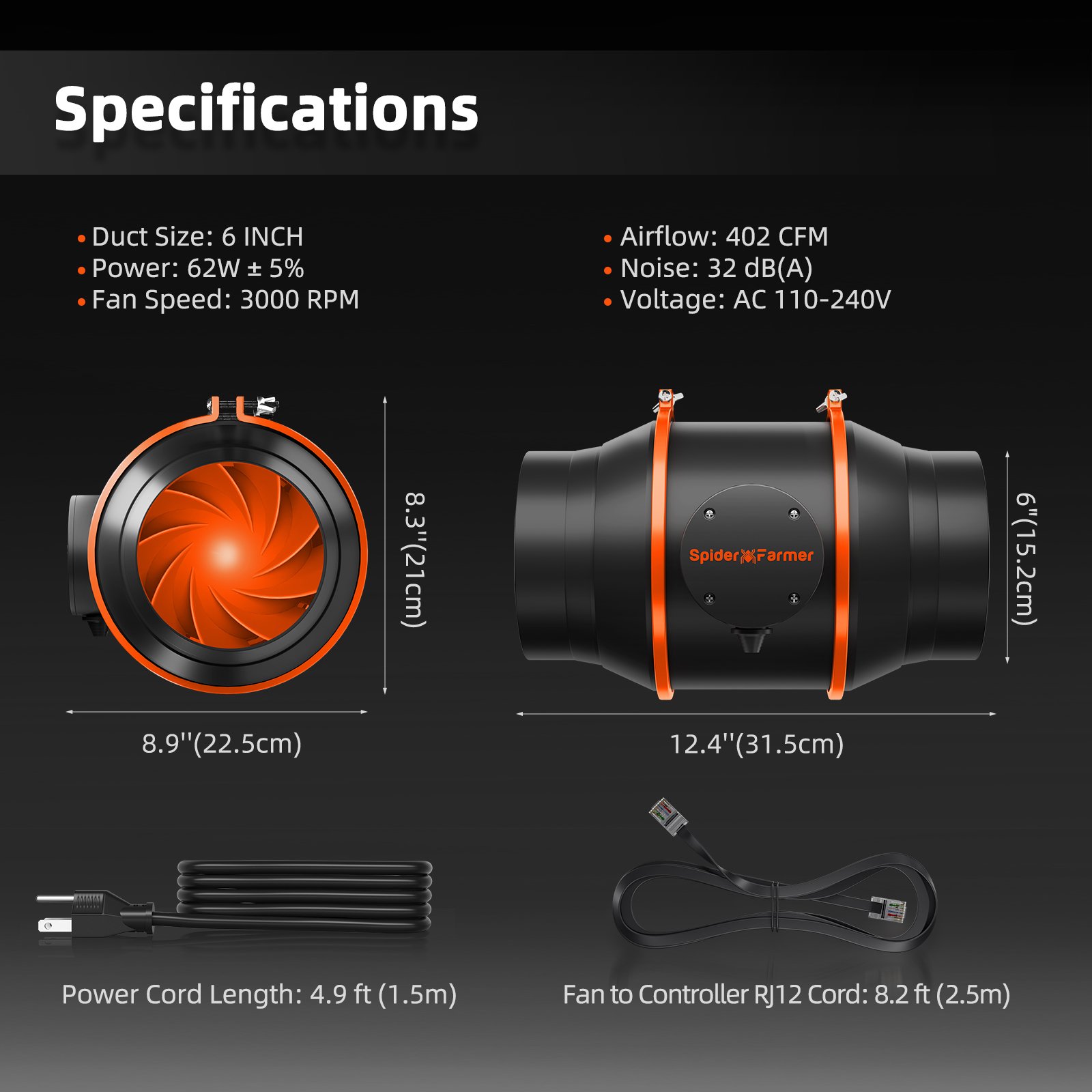
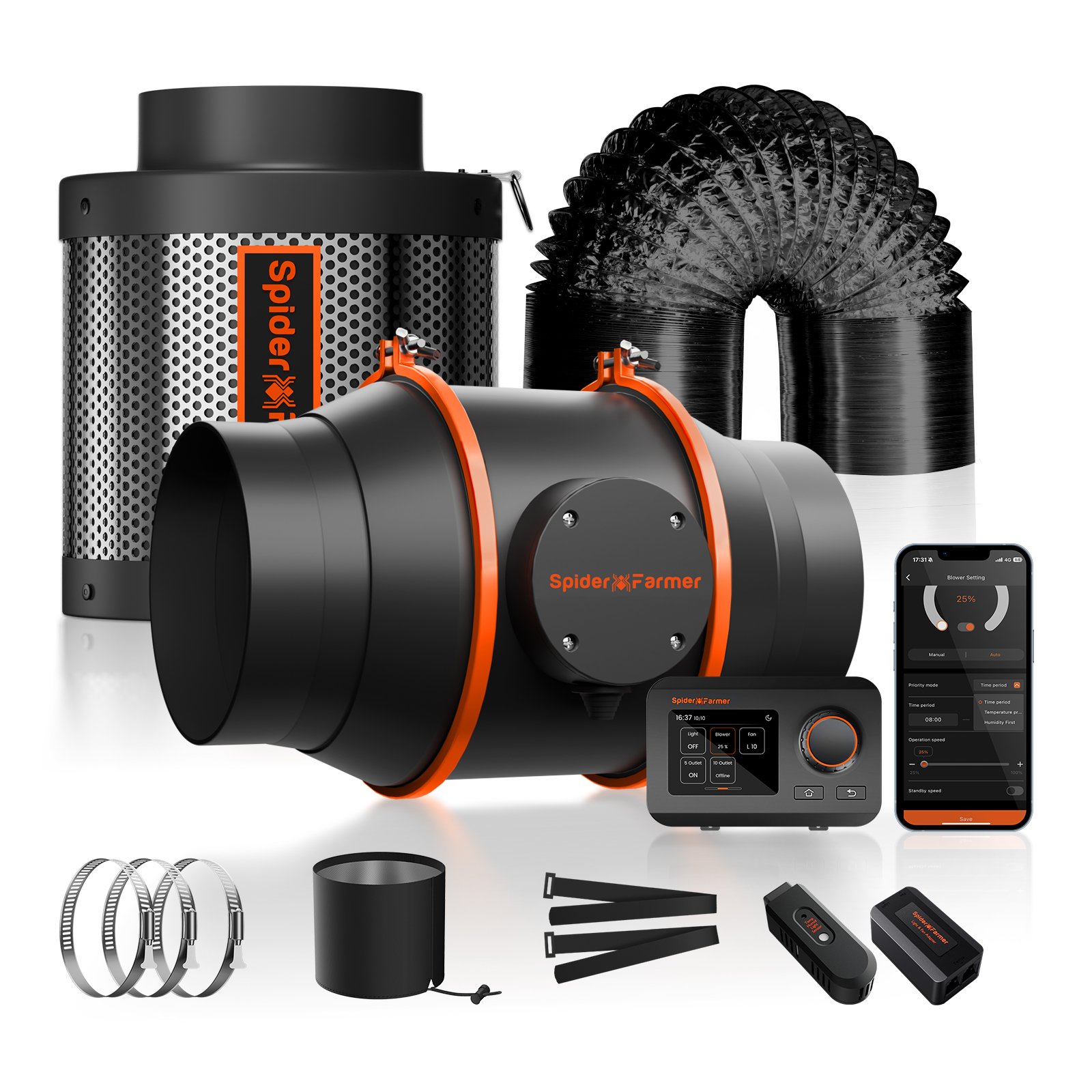


Higher temperatures do not increase Relative Humidity. That is a fact. It has been stated that it does at least twice in this article. I appreciate the attempt of this article but, it is incumbent on the writer to give accurate information to the readers.. Higher temperatures reduce Relative Humidity..
Thank you good information
I appreciate your tips Ciki, Sometimes I always look for other growers opinions or helpful tips. It’s always appreciated besides its good advice that’s “FREE” lol.
I’m glad to help!
What about using large pieces of white cardboard… the cardboard absorbs the moisture… just change it out to avoid mold and mildew…. I accidentally has a box in my grow room. It was white and I couldn’t figure out why the tent was so DRY. Removed the box and boom the humidity went up.
Sure! Anything works can be the solution.
Thanks for the knowledge it was very helpful